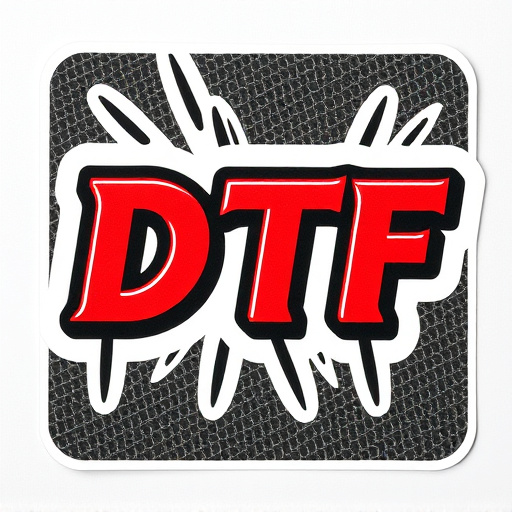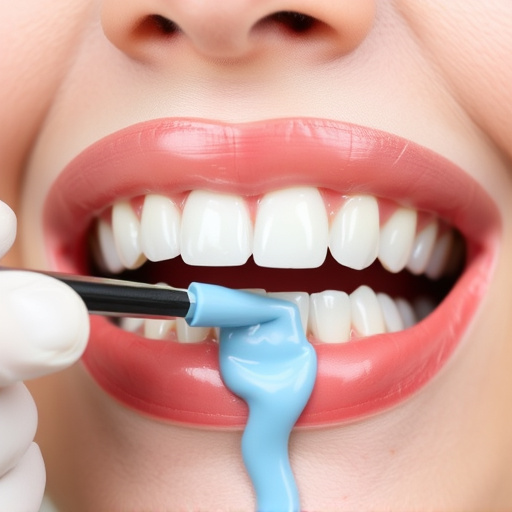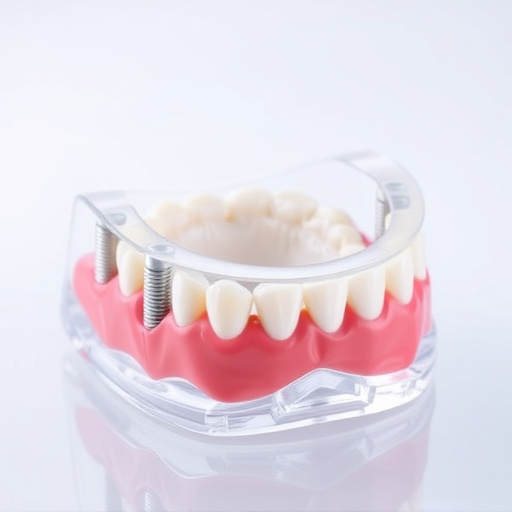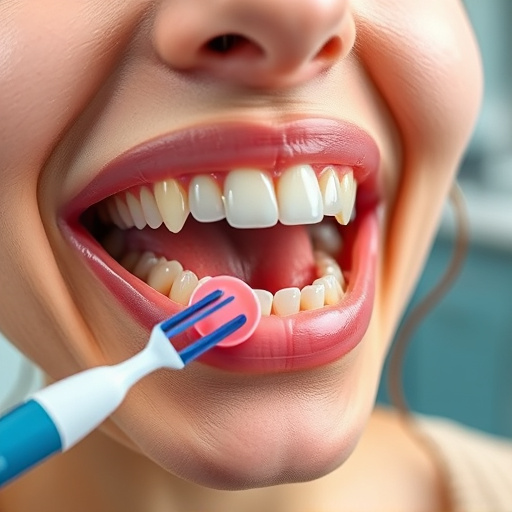Dental sealants for teeth are a conservative, effective way to prevent decay and protect sensitive areas by bonding a clear, durable coating to enamel. Ideal post-wisdom tooth removal or for cavity-prone individuals, they enhance oral hygiene routines, ensuring long-term smile health and strength, and complement other dental treatments like clear aligners and cosmetic procedures.
Dental sealants for teeth are a powerful tool in maintaining optimal oral hygiene, often overlooked yet highly effective. This article delves into the significance of dental sealants as a protective barrier against tooth decay and cavities. We’ll explore how these innovative solutions fit into your oral care routine and why they’re crucial for keeping your smile healthy and bright. By understanding their mechanism of action, you can make informed decisions about your dental care.
- Understanding Dental Sealants: A Protective Barrier
- How Sealants Prevent Tooth Decay and Cavities
- Incorporating Sealants into Your Oral Care Routine
Understanding Dental Sealants: A Protective Barrier

Dental sealants for teeth act as a protective barrier, sealing out bacteria and food particles that can cause decay and other oral health issues. This clear, durable coating is applied to the chewing surfaces of back teeth, where it bonds directly to the tooth enamel. The process is quick and painless, making it an excellent option for both children and adults looking to strengthen their smile and prevent future problems.
Compared to traditional dental fillings or even cosmetic dentistry like clear aligners, sealants offer a more conservative approach to oral care. They protect against cavities and can be particularly beneficial for those who are prone to tooth decay, especially after wisdom tooth removal. By maintaining the integrity of teeth, dental sealants play a crucial role in everyday oral hygiene routines, ensuring that your smile stays healthy and strong.
How Sealants Prevent Tooth Decay and Cavities

Dental sealants for teeth are a highly effective preventive dentistry solution, especially for children. They act as a protective barrier by sealing the deep grooves and pits on the chewing surfaces of the back teeth. This physical barrier prevents food debris and bacteria from accumulating in these hard-to-reach areas, which is a primary cause of tooth decay and cavities.
By sealing these crevices, dental sealants reduce the risk of plaque buildup, a sticky film of bacteria that breaks down sugars into acids. These acids erode tooth enamel, leading to decay. Sealants, made from durable materials like plastic or resin, offer long-term protection, making them a valuable asset in maintaining good oral hygiene and avoiding costly dental fillings later on.
Incorporating Sealants into Your Oral Care Routine

Incorporating dental sealants into your oral care routine is a proactive step towards maintaining excellent oral hygiene and overall health. These protective coatings, applied to the chewing surfaces of back teeth, act as a physical barrier against decay-causing bacteria. By sealing out plaque and food particles, dental sealants provide a long-lasting solution for preventing tooth decay, especially in areas that are hard to reach with a toothbrush. They are particularly beneficial for children, but adults can also benefit from this simple yet effective procedure.
When considering your oral care regimen, it’s worth noting that dental sealants complement other treatments like clear aligners and cosmetic dentistry. While clear aligners help straighten teeth, sealants fortify them, making them less susceptible to damage and decay. Moreover, in the realm of restorative options, dental implants require healthy, sealed tooth roots for optimal integration. Regularly scheduling sealant applications can be a game-changer in keeping your smile strong and vibrant, especially when combined with other cosmetic and functional procedures like implants.
Dental sealants for teeth are a game-changer in oral hygiene, offering a simple yet effective solution for protecting against tooth decay. By acting as a protective barrier, these sealants prevent cavities and promote overall oral health. Incorporating sealant applications into your routine, especially during childhood, can significantly reduce the risk of dental problems later in life. Remember that maintaining good oral care involves proactive measures like this, ensuring a healthier smile and fewer visits to the dentist for fillings or more extensive treatments.














